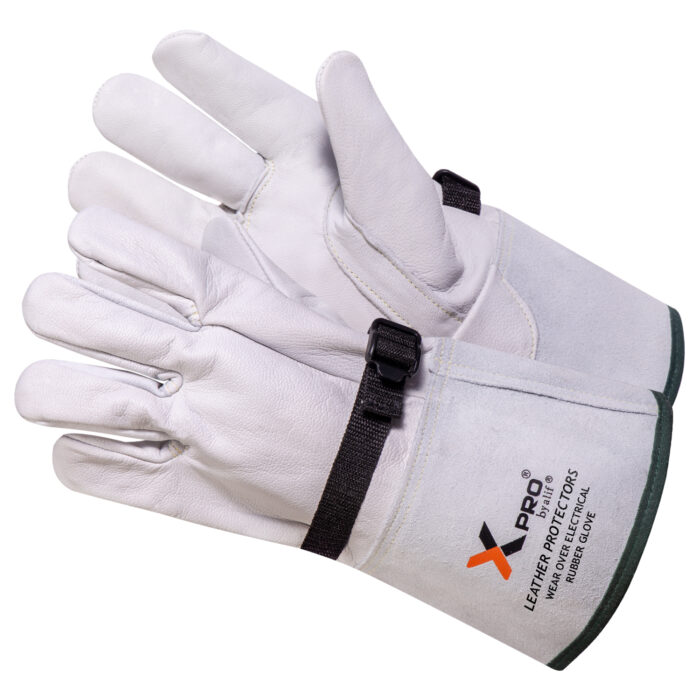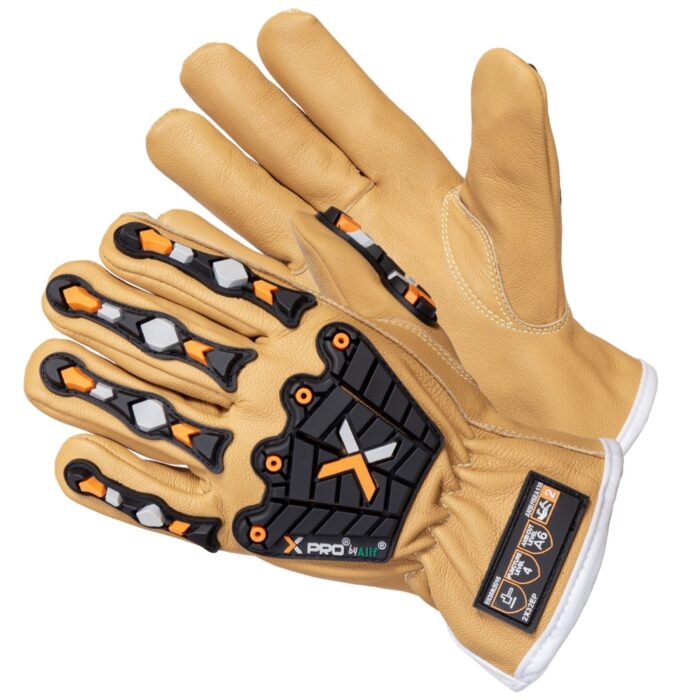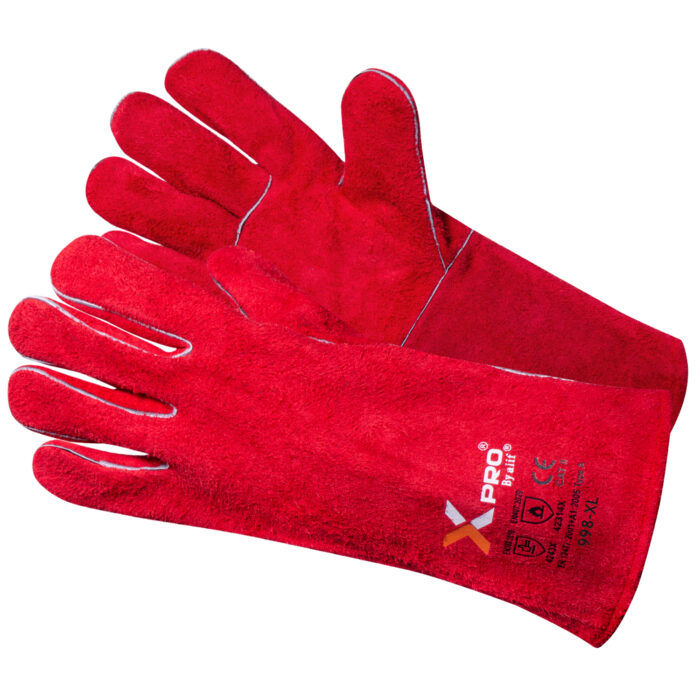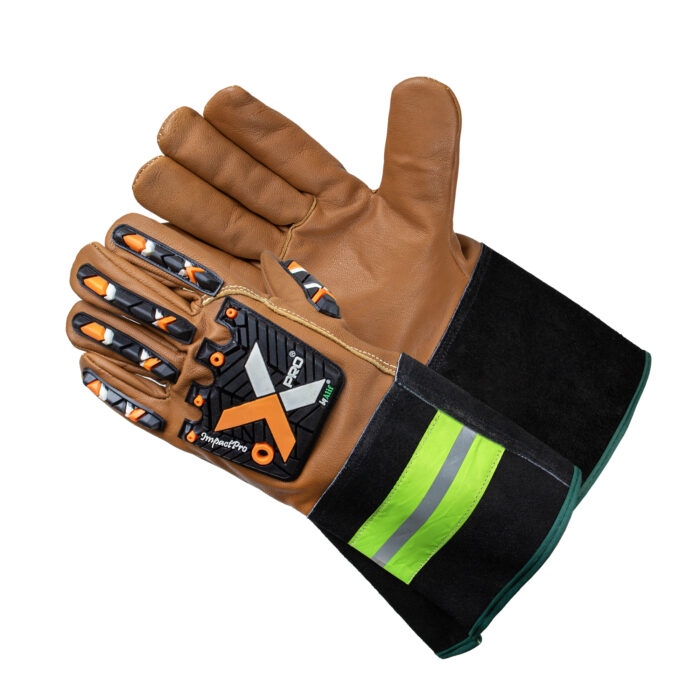XPRO® XRT100C6 OIL & GAS, IMPACT & CUT RESISTANT GLOVE
Brand: XPRO®
XPRO® XRT100C6

Brand: XPRO®
XPRO® XRT100C6 OIL & GAS, IMPACT & CUT RESISTANT GLOVE
XPRO® XRT100C6
Double Layer synthetic leather palm with silicone-Dotts ensures superior grip, even in wet or oily conditions. Lined with composite Kevlar® aramid for cut protection level A6 and TPR on back of hand and fingers for impact protection. A high-visibility design, secure fit, and flexibility ensure comfort and protection during demanding work.
Price:
Performance ratings
EN 388:2016 4X44FP
EN 388 2016 Results: 4X44FP
Abrasion: 4
Cut (Coupe Test): X
Tear: 4
Puncture: 4
Cut (TDM-100 Test): F
Impact Protection: P
EN 388 is a European Standard. Cut Level is determined by the number of cycles it takes a spinning circular blade, that is pulled across the material under a constant weight of 500 grams, to cut the fabric. As the number of cycles increase, so does the glove’s ratings.
ABRASION 4
Abrasion Level: 4
Test Method: ASTM D3389-10
The ISEA 105-2016 standard outlines test methods for abrasion and is scored from 0-6. The ASTM D3389-10 is used for uncoated gloves, and the end point (failure) is the number of abrasion cycles when the first thread or yarn is broken. The larger numbers of cycles indicate greater abrasion resistance of the product and a higher Abrasion Level.
CUT A6
Cut Level: A6
New edition ISEA 105-2016 outlines a new test method for determining cut scores and a revised scale from A1-A9.
PUNCTURE 4
Puncture Level: 4
The ISEA 105-2016 blunt force puncture testing uses a probe to simulate a tear or burst hazard. The test measures the amount of force needed for a blunt probe to pierce through PPE material. Results are given in Newtons, which is converted into a 1-5 scale and spans from 10 newtons (Level 1) to 150+ newtons (Level 5) of puncture resistance.
IMPACT 2
Impact Level: 2
ISEA 138 is a new, voluntary standard for the North American market designed to accurately classify different levels of impact protection offered by the impact-resistant gloves on the market.
EN ISO 21420:2020
The EN ISO 21420:2020 standard outlines the general requirements and test methods for protective gloves. It covers aspects such as design, construction, comfort, efficiency, and safety, ensuring gloves meet necessary performance criteria. This standard applies to all protective gloves, including those used in industrial environments, and replaces the previous EN 420:2003 standard.
European conformity
The CE mark (Conformité Européenne) indicates that a safety product meets the essential health, safety, and environmental protection requirements of the European Economic Area (EEA). It ensures that the product complies with relevant EU directives and can be sold freely within the EEA, providing assurance of its safety and quality.
Category II
Category II (Cat II) gloves are designed for intermediate risks, meaning they provide protection against mechanical, thermal, or chemical hazards but are not intended for extreme dangers. These gloves must be tested and type-approved by an EU-recognized institute and labeled with pictograms indicating their protective functions.
EN 388:2016 4X44FP
EN 388 2016 Results: 4X44FP
Abrasion: 4
Cut (Coupe Test): X
Tear: 4
Puncture: 4
Cut (TDM-100 Test): F
Impact Protection: P
EN 388 is a European Standard. Cut Level is determined by the number of cycles it takes a spinning circular blade, that is pulled across the material under a constant weight of 500 grams, to cut the fabric. As the number of cycles increase, so does the glove’s ratings.
ABRASION 4
Abrasion Level: 4
Test Method: ASTM D3389-10
The ISEA 105-2016 standard outlines test methods for abrasion and is scored from 0-6. The ASTM D3389-10 is used for uncoated gloves, and the end point (failure) is the number of abrasion cycles when the first thread or yarn is broken. The larger numbers of cycles indicate greater abrasion resistance of the product and a higher Abrasion Level.
CUT A6
Cut Level: A6
New edition ISEA 105-2016 outlines a new test method for determining cut scores and a revised scale from A1-A9.
PUNCTURE 4
Puncture Level: 4
The ISEA 105-2016 blunt force puncture testing uses a probe to simulate a tear or burst hazard. The test measures the amount of force needed for a blunt probe to pierce through PPE material. Results are given in Newtons, which is converted into a 1-5 scale and spans from 10 newtons (Level 1) to 150+ newtons (Level 5) of puncture resistance.
IMPACT 2
Impact Level: 2
ISEA 138 is a new, voluntary standard for the North American market designed to accurately classify different levels of impact protection offered by the impact-resistant gloves on the market.
EN ISO 21420:2020
The EN ISO 21420:2020 standard outlines the general requirements and test methods for protective gloves. It covers aspects such as design, construction, comfort, efficiency, and safety, ensuring gloves meet necessary performance criteria. This standard applies to all protective gloves, including those used in industrial environments, and replaces the previous EN 420:2003 standard.
European conformity
The CE mark (Conformité Européenne) indicates that a safety product meets the essential health, safety, and environmental protection requirements of the European Economic Area (EEA). It ensures that the product complies with relevant EU directives and can be sold freely within the EEA, providing assurance of its safety and quality.
Category II
Category II (Cat II) gloves are designed for intermediate risks, meaning they provide protection against mechanical, thermal, or chemical hazards but are not intended for extreme dangers. These gloves must be tested and type-approved by an EU-recognized institute and labeled with pictograms indicating their protective functions.
• Designed for Extreme Environments – Engineered for oil a gas, mining, construction, and heavy-duty industrial work. Oil-Resistant a High-Grip Palm-Silicone-dotted synthetic leather palm delivers superior grip and control, even in oily and wet conditions.
• Advanced Impact Protection – TPR (Thermoplastic Rubber) shields safeguard the back of the hand, knuckles, and fingers, reducing impact-related injuries.
• A6 Cut Resistance – High-performance cut-resistant liner ensures protection against sharp objects, blades, and machinery hazards.
• Durability & Strength – Kevlar®-stitched seams reinforce high-wear areas, ensuring maximum longevity and resistance to tearing.
• High-Visibility Safety Design – Hi-Vi’s spandex back enhances visibility in low-light conditions, improving worker safety.
• Secure & Comfortable Fit – Extended neoprene wrist closure with TPR pull tab ensures a snug fit, easy donning, and enhanced wrist protection.
• Flexible & Dexterous – Designed for excellent mobility, allowing workers to perform tasks efficiently without compromising protection.
— Oil Rig & Drilling Operations
— Heavy Machinery Handling
— Mining & Extraction
— Industrial Maintenance & Repair
— Construction & Steelwork


